
#Goodwood
The origins of the Goodwood track derive from an ex-military airfield. The West Sussex-based Goodwood Motor Circuit originally opened its gates to the public on September 1948 to host Britain's very first post-war motor race meeting at a permanent venue. Twelve years earlier, Goodwood's very first motor sport event was staged when a hill climb meeting was held for a small group of pre-war Lancia enthusiasts, hosted by the 9th Duke of Richmond, Freddie March. The 1948 opening of the circuit was met with a rapturous response as the British public had been deprived of motor racing since Brooklands closed its doors in 1939 as a result of the Second World War. The huge demand for wheel-to-wheel competition saw 85 drivers and over 15,00 spectators turning up to Goodwood on 18 September 1948 to support the UK's first professionally-organised post-war motor racing event. In August 1966, after 18 years of memorable competition, Goodwood closed its gates to contemporary motor racing, although the circuit remained in continuous use as a testing and track day venue. It was the end of a chapter in Goodwood history, but not the end of the story. During the Goodwood Motor Circuit's glorious first era, between 1948 and 1966, the circuit's bread-and-butter events were the British Automobile Racing Club-organised Members' meetings, 71 of which took place in period. They were modest club affairs in which enthusiastic hordes of mostly amateur racers could exercise a wide variety of steeds around one of Britain's fastest venues. Adding a high-profile feel to Goodwood among those Members' Meeting thrashes in period were a selection of international events, including non-championship Formula 1 races - for the Richmond, Goodwood and Glover Trophies, the Lavant Cup and the News of The World and Sunday Mirror Trophies - and sportscar enduros comprising seven RAC Tourist Trophies (two of which were World Sportscar Championship qualifiers) and three nine-hour races that ran from 3pm to midnight, with a Le Mans-style start in which drivers ran to their waiting cars. The nine-hour was organised in 1952, '53 and '55 into a 90-minute, two-driver race under an early-evening sundown. In their heyday, each of the nine-hour battles was won by Aston Martin, the British firm's 3-litre, straight-six-engined DB3 scooping the prize in 1952, the lighter DB3S model cleaning up in '53 and '55. Thanks to the Goodwood Revival's wonderful retrospective-style races that so many memories from those period classics have been - and continue to be - evoked.
https://grrc.goodwood.com/section/goodwood-revival/
We'll tell the story of this circuit on the occasion of its anniversary or when it will reach a sufficient number of cars.
If you would like to share your knowledge and archive, click on the banner JOIN THE LAB - HELP US TO IMPROVE & COMPLETE THE INFORMATION.
The census of all the cars related to this topic is in progress.
CARS (30)
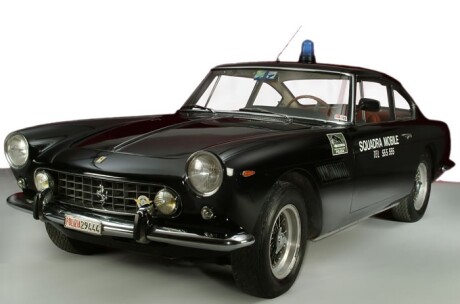
1962 Ferrari 250 GT/E Polizia
- Coachbuilder: Pininfarina
- Chassis n°: 3999
- Engine n°: 3999
Private collection
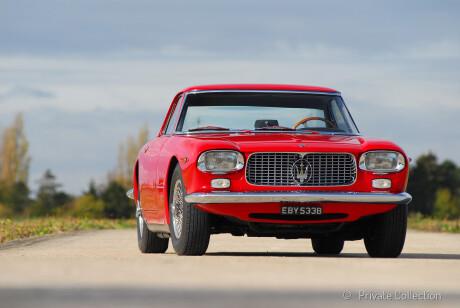
1962 Maserati 5000 GT
- Coachbuilder: Allemano
- Chassis n°: AM103026
- Engine n°: AM103026
COLLEZIONE IL MANEGGIO (CH)

1965 Alfa Romeo Giulia Sprint Speciale
- Coachbuilder: Bertone
- Chassis n°: TBD
- Engine n°: TBD
MUSEO ALFA ROMEO (IT)

1968 Alfa Romeo Carabo
- Coachbuilder: Bertone
- Chassis n°: 1053375033109
- Engine n°: TBD
MUSEO ALFA ROMEO (IT)
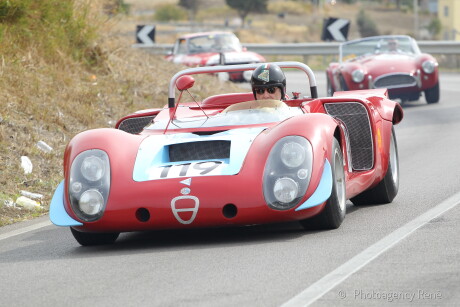
1968 Alfa Romeo Tipo 33/2
- Coachbuilder: Autodelta
- Chassis n°: 75033014
- Engine n°: 0028
Private collection

1973 Autobianchi A112 Giovani
- Coachbuilder: Pininfarina
- Chassis n°: 99760
- Engine n°: 0003536
Corrado Lopresto (IT)
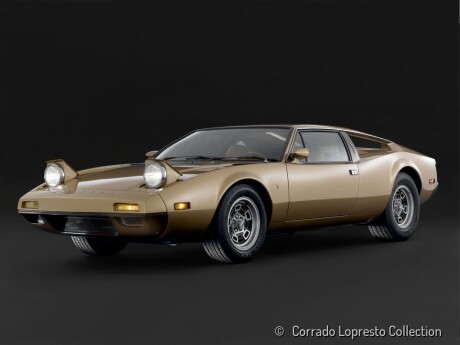
1973 De Tomaso Pantera 7x
- Coachbuilder: Ghia
- Chassis n°: THPNNG06114
- Engine n°: 05602
Corrado Lopresto (IT)
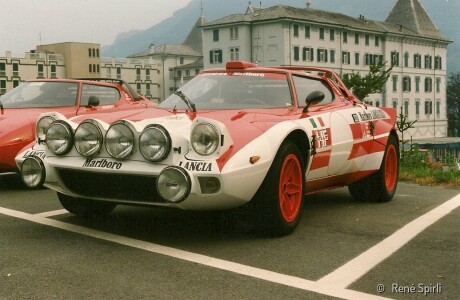
1974 Lancia Strato's HF
- Coachbuilder: Bertone
- Chassis n°: 829AR0001512
- Engine n°: 135C00-0008322
Private collection
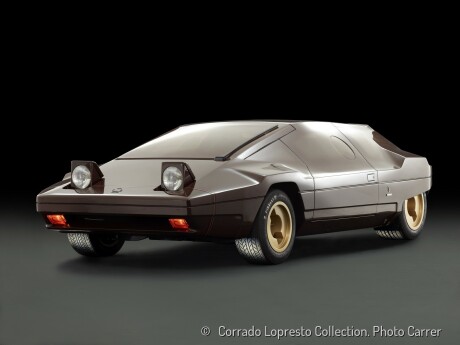
1978 Lancia Sibilo
- Coachbuilder: Bertone
- Chassis n°: S12201
- Engine n°: 829AR0C0
Corrado Lopresto (IT)
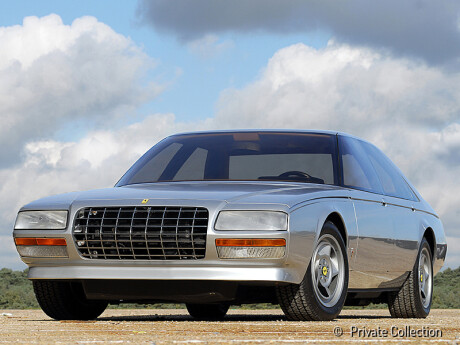
1980 Ferrari Pinin
- Coachbuilder: Pininfarina
- Chassis n°: 00399788
- Engine n°: F102B39788
Private collection